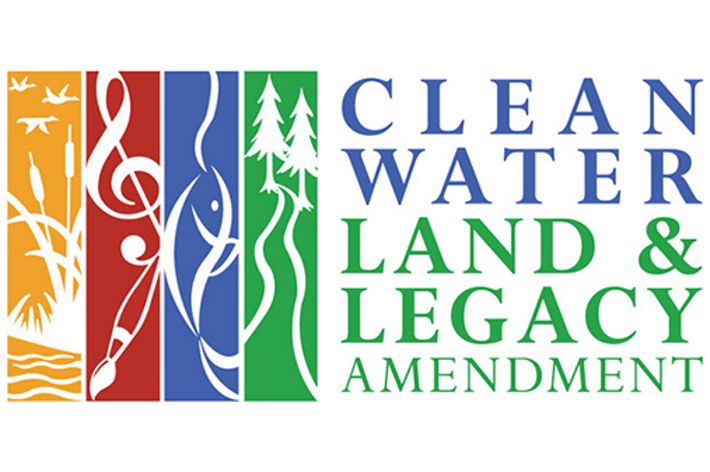Description
Spring Prairie Preserve is an approximately 470-acre property in Clay County protected by The Nature Conservancy. It is the first property acquired under TNC’s Minnesota Prairie Recovery Project, an effort to protect native prairie and savanna and restore thousands of acres of degraded prairie and prairie wetland habitat.
Here native prairie transitions to sedge meadows, creating a rich mix of plant communities causing the Minnesota County Biological Survey to call this a “site of high biodiversity significance.” It is an important habitat for grassland nesting birds, including prairie chickens that for at least 23 years have performed their springtime courtship displays on a booming ground on the property. The Spring Prairie Preserve is also located between the Felton Prairie Scientific and Natural Area to the north and TNC’s Bluestem Prairie Preserve to the south, providing connectivity for wildlife between these two sites.
Funding for the acquisition was provided by the Outdoor Heritage Fund, which was created under the Clean Water, Land and Legacy Amendment, through an appropriation by the Minnesota Legislature as recommended by the Lessard-Sams Outdoor Heritage Council.
The property is open to the public for hiking, photography and bird-watching. The Minnesota State Constitution requires all properties purchased with Outdoor Heritage Fund dollars to be open to the public taking of fish and game during the open season. As a result, hunting, trapping and fishing are allowed on this property in accordance with Minnesota Department of Natural Resources Wildlife Management Areas rules published in the Hunting and Trapping Regulations Handbook.
Many of the properties purchased through the project are adjacent to private lands that are not open for public hunting. Please restrict hunting and fishing activities to only those lands clearly marked with signage showing they are “Open to Public Hunting.”
TNC manages Minnesota Prairie Recovery Project properties using strategies including prescribed fire, conservation grazing, and the removal of encroaching trees and brush. These methods will benefit wildlife, preserve clean water and provide recreational opportunities.

